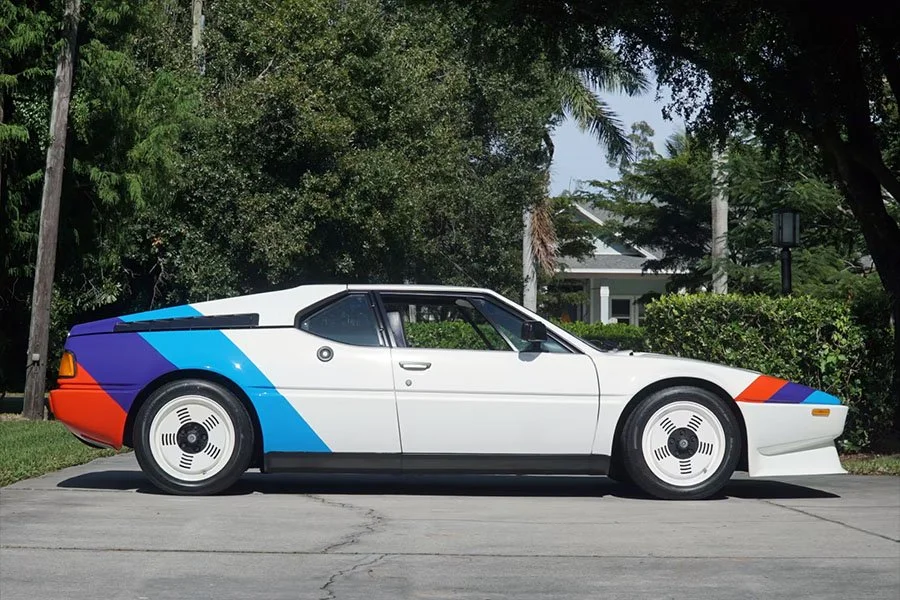One to Buy: ex-Alpina 1972 BMW E9 2800 CS / 3.5 CSL
/ Ben Tyer
Having achieved great competition success with its Neue Klasse models since the 1960s, BMW decided to create a whole new Motorsport division along with a tricked out E9-based homologation special to take the challenge to Ford for the 1973 season.
The resultant CSL went on to knock the previously dominant Ford Capri RS off its pedestal and, despite BMW officially pulling out after just one season owing to the onset of the Oil Crisis, the CSL remained the dominant force in top flight touring car racing for the rest of the 1970s.

In addition to factory cars prepared in-house by BMW Motorsport, quasi-works outfits like Alpina and Schnitzer were given a great deal of technical assistance which was in turn passed on to privateers that wanted to race their own E9s.
Currently on offer at the DK Engineering showroom in Chorleywood, Hertfordshire, is a perfect example of such a car.

Chassis 2210270 started life as a 1972 2800 CS prepared for Group 2 competition by the FALTZ Alpina dealership in Essen. Hans-Peter Joisten raced it to ninth in that year’s Deutsche Rennsport Meisterschaft, after which it was purchased mid-way through 1973 by Graziano Cancian who had the car further uprated to 3.5 CSL specification with an all bells-and-whistles engine supplied by Schnitzer.
Chassis 2210270 raced in this configuration until 1976 and then in 1979 was converted to Group 5 trim for IMSA racing where it continued to compete until the mid 1980s. Today presented in its 1973-74 configuration having been the subject of a major restoration and expert race preparation in recent years, this super CSL would make an ideal entry for all manner of fantastic historic events.



























































